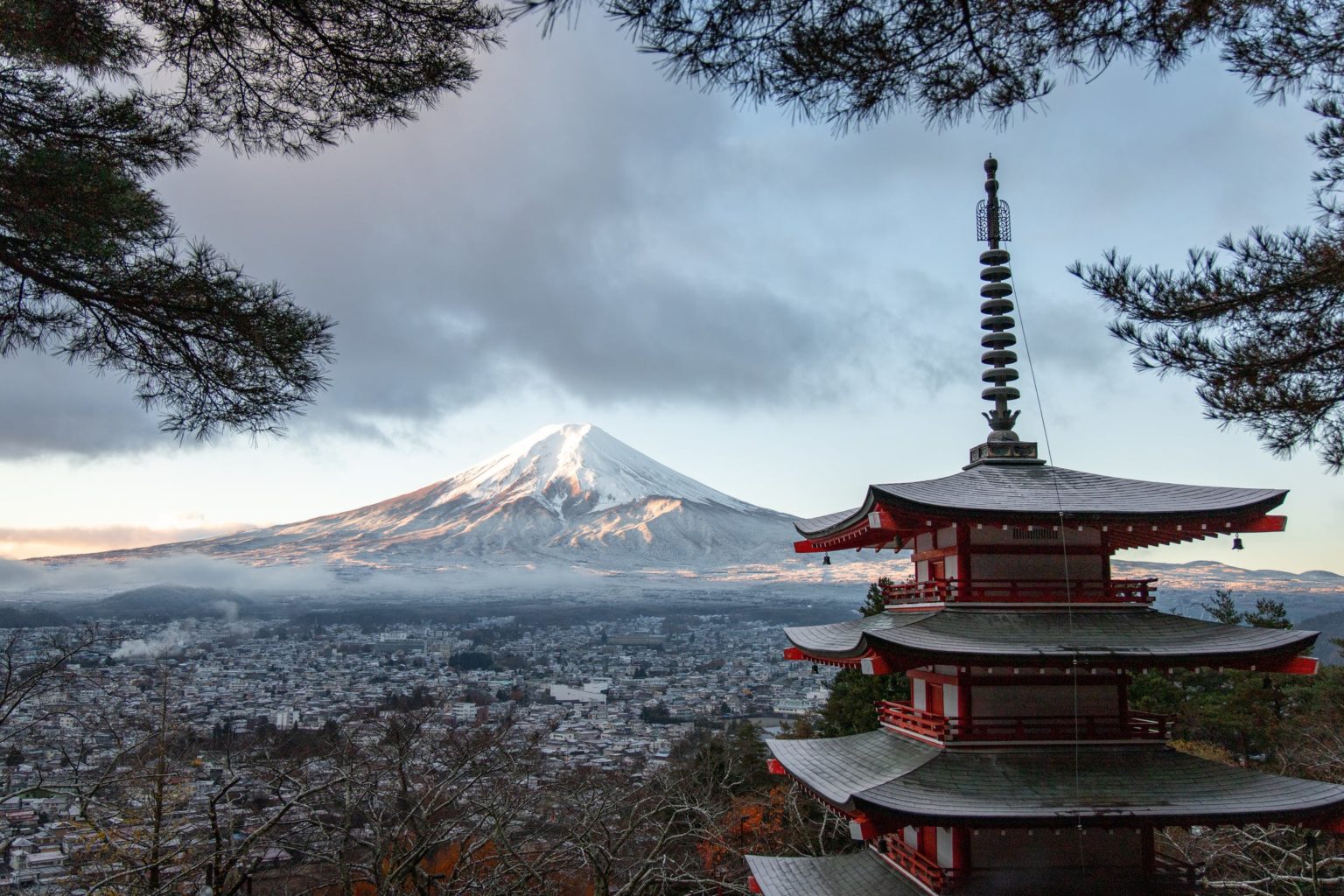Ever wondered what’s the oldest running company in the world? In business schools, students are taught that most businesses last only less than two decades. An American company only lasts 50 years in the last century, and just 15 years today.
However, there are more than 21,000 Japanese companies that have surpassed a hundred years old, and 8 businesses are over a thousand years old. How impressive is that?
One of the mentioned thousand-year-old businesses is one of the world’s oldest companies—Kong? Gumi. What is the story behind this longest-lasting Japanese company in recorded history? Make sure to read further to find out!
What is Kong? Gumi?
Founded in the land of the rising sun a century after the Roman Empire’s fall, Kong? Gumi survived the fluctuating and rising trends in Japan’s culture, economy, government—constantly offering construction services for over 1,400 years.
Shigemitsu Kong?, the company’s founder, is an exceptional carpenter who was invited from Korea to build Japan’s first Buddhist temple located at Shitennoji. When he arrived in Shitennoji in 578 CE, he quickly realized a wonderful business opportunity—Japanese carpenters had no idea how to build Buddhist temples. It was a time where people are appreciating Buddhism, and Prince Shotoku was actively embracing its influence across the country.
The rise of Buddhist temples
Ever since Shigemitsu Kong? arrived in Japan, the demand for construction, maintenance, and repair of Buddhist temples ballooned. The company also helped in constructing the many famous buildings in Japan, such as Koyasan, Osaka Castle, and Horyu-ji. Throughout the coming years, Kong? Gumi has successfully weathered the economic and government storms and wars that hit the country. It even withstood the Meiji Restoration that took place in the 1800s when the government ravaged thousands of Buddhist temples in an attempt to eradicate Buddhism in the country.
During the WWII, when resources for constructing temples depleted, the company opted to create wooden coffins. After the war ensued, the company focused again on restoring the temples.
After more than 14 centuries, in 2006, Kong? Gumi existed as a subsidiary of Takamatsu Kensetsu construction company.
The cause for the company’s longevity
Many people are wondering what is the reason behind the company’s longevity. Without a doubt, one factor is their extremely high-quality work. A new recruit has to undergo ten years of apprenticeship to get used to the demands of work and then an additional ten years of training to become a master carpenter. Truly, the process is demanding. The craftsmen were grouped into kumi, which are referred to workgroups that often competed amongst themselves to prove which team produces the best work.
The characteristics of Kong? Gumi
Yoshisada Kong? put an emphasis on the essence of customer relations and service, which is the pillar of succeeding in building and maintaining strong rapports with his customers, many of whom remained loyal for the centuries that came. In the Shokuke kokoroe no koto, the following statements were written:
“Listen to what the customer says”
“Treat the customers with respect”
“Submit the cheapest and most honest estimate”
“Do not put yourself forward”
“Never fight with others”
“Do not shame a person or boast”
“Communicate with respect”
These mantras, along with their close-knitted and mutually beneficial relationships with their clients helped Kong? Gumi bounce back in times of economic, religious, and government downfall.
Another stellar characteristic of the company is its ability to see the balance between tradition and adaptability. They embody such an appalling kind of flexibility to meet spontaneous conditions. For instance, when the demands for temple construction and repair plummeted during the Meiji Restoration, the company bounced back by building wooden coffins, taking residential projects, and other construction services that modernizing Japan’s needs. Kong? Gumi was the first company in Japan that utilized traditional wooden constructions with concrete and used CAD software to study the structure and design of temples.
The end of Kong? Gumi was brought about by numerous factors, such as a long-term decrease in temple profits, as well as heavy property investments that devalued when the Japanese real estate industry burst during the 1990s.
The forerunners didn’t deem the end of the company’s independence a failure. And although the company is now being controlled by a greater, parent corporation, the spirit of the Kong? Gumi, its forerunners, and talented craftsmen continues to live on.

